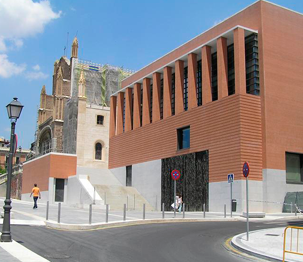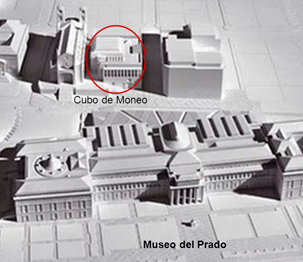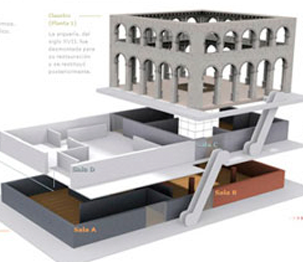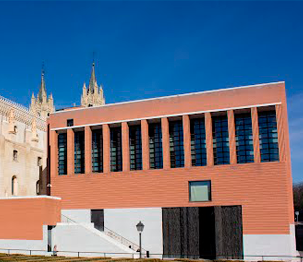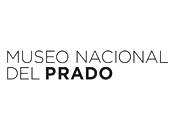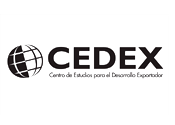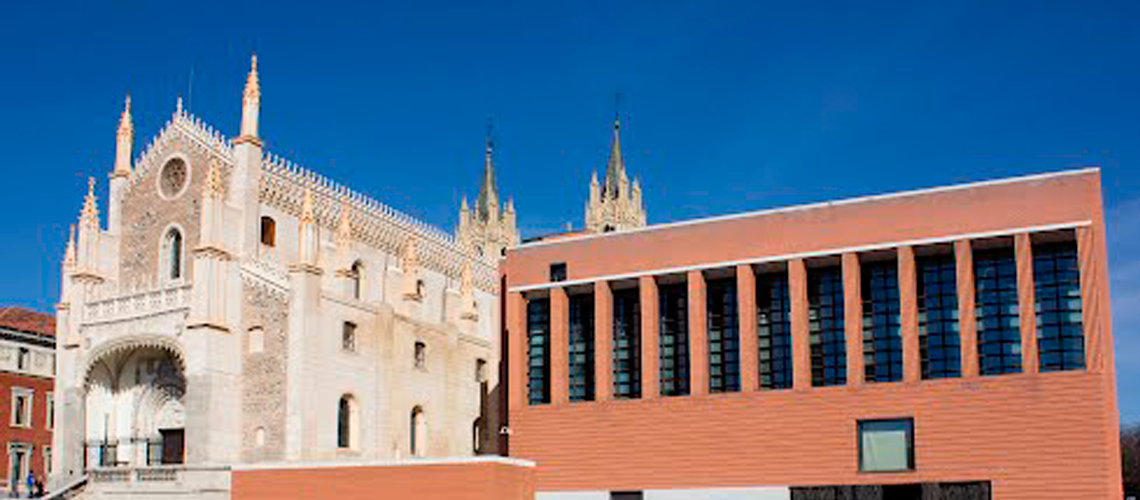
Geotechnical investigation and instrumentation for the extension of Museo del Prado
“Upgrading project. The biggest extension in the history of the most important art gallery in the world”
The Museo del Prado, the biggest art gallery in the world, welcomed the 21st century with an extension in 2005 that doubled the capacity of the museum by building an spacious underground extension at Jerónimos, which connects the main building to the Neoclassical building by Villanueva and to the cloister of the monastery of San Jerónimo El Real.
The renovation and extension project consisted in the excavation of two new floors and the structural reinforcement of the whole of the building. Azierta provided its services for the execution of these delicate and laborious works. Practically the whole building was lined with new concrete walls to ensure its stability and allowing the excavation of two new basements by using micropiles.
Technical characteristics
The project had an important geotechnical component as it entailed excavating 20 m deep in a surface of 46 x 20 m next to historical buildings and streets adjoining the prestigious Museo del Prado.
Ground movements were monitored at all times using the most innovative technology available, 34 hydraulic jacks whose role was to hold screens as they moved. The excavation was performed downwards and jacks were installed to connect them to the two floating slabs and hold the screens, adding a measurement system of their moving caused by the load of the adjoining buildings and streets.
At each of the two levels, vertically separated 8 m, 17 double action jacks of 500 t of capacity were installed. Each jack was equipped with a positioning sector and rotating plate to compensate for the lateral loads caused by oblique pressures.
News, Links:
Article form El Mundo (Spanish)
Article from Museo del Prado (Spanish)
Article form Arte Madrid (Spanish)
